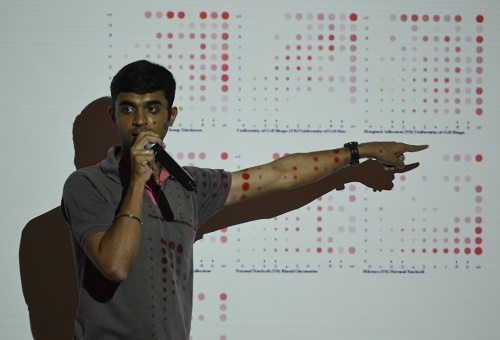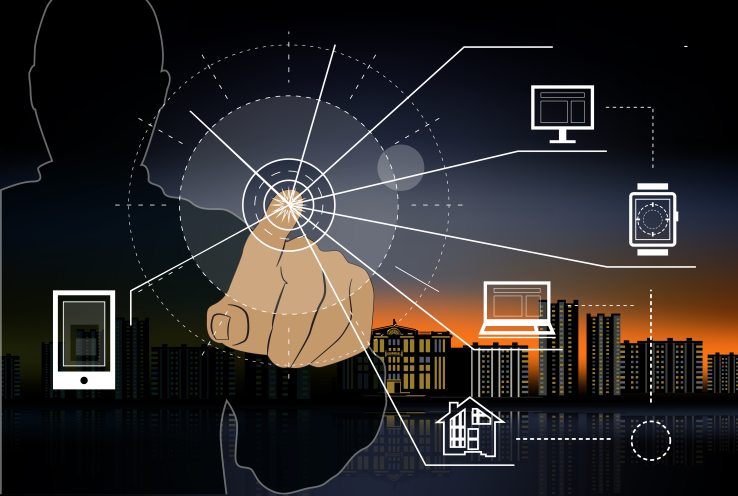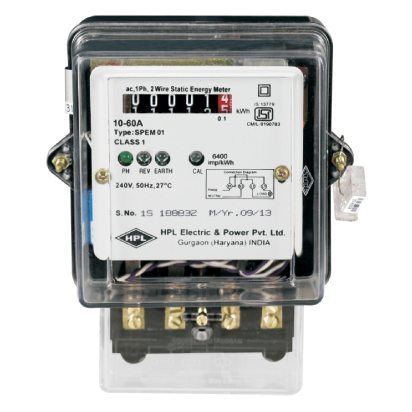If you have bought or constructed a new home for yourself, then this could be the best time to invest in Home Automation and IoT-driven smart solutions as this trend is on an upward surge in India this year and catching up pace with the rest of the world. In fact, smart solutions backed by IoT have become the order of the day in prominent office spaces across the country. Experts are of the opinion that investing in smart home/automation solutions is not as expensive as it used to be an year ago.
Smart Homes driven by IoT are ‘practically’ practical in India in 2017
A major application area, and a primary advantage of deploying IoT-driven Smart Home solutions at personal spaces, is the fact that these results in major energy savings that directly translates into profits for home owners.
This is achieved through effective monitoring of the various home appliances. However, these activities require micromanagement at various levels; these are traditionally considered ‘tedious’ and ‘time consuming’ by home owners and tend to get neglected. IoT would mitigate these aspects. IoT solution providers have infused better micromanagement capabilities within smart sensors which is an USP for the present scenario.
“We might need fans to work when we are in the room, and most of the time this is not the case. They are continuously running even there is no need for it. In the initial stages, no one cannot micromanage. As we are in the phase of IOTs which are viable these days for any home, we can assign these micromanagement tasks to smart sensors”, states Bastin Robins, Chief Data Scientist at Bangalore-based Hash Research Labs.

Adding that touch of smartness to our homes
IoT experts advise home owners to invest on technology like Machine Learning and Deep Learning. These techniques store data customised based on users’ preferences/previous usage, and then use this information dynamically to drive devices.
You can Design Smart Homes yourself – Join the DIY movement this year

The Do It Yourself (DIY) concept has intensively penetrated the Indian segment and has also spread to the Home Automation level. It is now easy to deploy smart sensors using easily available low-cost elements such as Single Board Computers (SBCs), embedded sensors, Raspberry Pi, Banana PI, UDOO, and Light Microcontrollers such as Arduino.
“A new DIY movement has come up in India which has resulted in both the young and elderly enthusiasts getting hooked to smart devices in their primary habitat to observe and solve problems that until now were considered unsolvable.“, states Ganesh Prasad Kumble who is President and CEO at Metagan Technologies; an IoT enterprise that focuses on developing IoT-exclusive end-to-end connected solutions for large organisations, SMEs, and modern consumers.
According to Ganesh, most of the Smart Home solutions in India are made to mitigate issues revolving around comfort, security, health, and wellness. Do remember that India was identified, not too long ago, as being weak in these micro-sectors (at a personal level).
Construct a Smart Home from the brick-and-mortar level itself
IoT technology experts recommend home owners to implement smart solutions from the brick-and-mortar level itself; rather than deploy these after the actual construction of homes.

“At the construction level, it requires thorough planning to introduce concepts of smart homes and automation. Homes could be fitted with IoT-driven aspects such as smart meters, sensors and switches; these elements offer more than just energy savings, and extend to smart monitoring of the entire home.”, advises Ankit Taparia; Co-Founder of Gurugram-based IoT Platforms company Teramatrix Technologies.
“However, one key element worth remembering here is that it is best to use different Smart Home elements from a single original equipment manufacturer (OEM) to alleviate the interoperability challenge”, adds Ankit.
Disaster Detection and Management has gotten a lot better this New Year
Apart from energy savings, a major USP with respect to Smart Homes this year has been ‘practical’ disaster management. Remember that not too long ago, disaster management from the Indian perspective was still being discussed theoretically. Now, we have multiple used cases to look at.

Proactive/Predictive maintenance has received a major shot in the arm. Consumer durables such as air conditioners, refrigerators, washing machines, and more now come with the error code generation capabilities. These are generated whenever there is a deviation (picked up by smart sensors fitted within) from the standard working conditions.
Through IoT-driven mechanisms, all consumer durables can be interfaced over wireless networks, and the generated error codes can then reach designated service stations for early repairs and thereby preventing casualties.
In a non-IoT scenario error conditions, as determined above, do not reach people on time thereby leading to large-scale disasters such as fire hazards, short circuits, and more.
I am in for proactive maintenance as it saves valuable time and money; but I need help on the right technology protocols
From the underlying technology point of view, it is vital that you have powerful Signal Processing Cores for enabling quick and reliable actions that could arise due to low power signal processing.

“In fact, various algorithms can be developed for signal processing and decision making at the edge, thereby minimising high bandwidth communication with the cloud. Such a system would drive the next wave of growth in seamless deployment of smart solutions in today’s connected world”, states Sajith Kandiyil, Founder & Chairman of Avenech Systems that specialises in Embedded systems.
As per Ganesh, it becomes easy to develop Smart Home Automation solutions when algorithms/protocols focus on the below key areas:
- Cost/Budget
- Density (and number of) of devices to be controlled
- Ease of installation, maintenance, and remote connectivity.
In tandem with these, the exact protocols that are to be used in any Smart Home Automation system are Bluetooth LE, Zigbee, LoRA, and WLAN. Remember that these are listed from a DIY point of view. In case you outsource Home Automation networks to service providers, there could be algorithms built around various other protocols. Nonetheless, the focus here is easy implementation of IoT-driven solutions.
Individual aspects of your home are not the same anymore; check out what they have turned into
Individually, you can take better control of areas that were considered out of reach beyond a basic level. These are:
Security: Security of your home should no longer be a concern. “Through automated door locks, you can lock your doors from any location. You can also opt to be alerted each time someone enters your home, allowing you to continuously monitor your home.”, states Bastin.

This clearly is indicative of the level of enhancement in remote monitoring of homes.
Smart Appliances: These not only help in conserving electricity, but masquerade the whole home atmosphere in case you are not physically present so as to convey an opinion to the outsiders that you are at home while you aren’t.
Room temperature gets dynamically controlled: “Once you are back from work, it usually takes a fair amount of time to adjust to your home’s interior temperature to suit your comfort. IOT automation systems can even operate on weeklong cycles depending on the weather outside. This is both cost-effective and helps save energy.”, explains Bastin.
With all these advantages, would we spend a few Grands more on home automation solutions
Fortunately, people are now primarily investing time to learn IoT-driven Smart Home solutions, before investing actual finances. Even experts seemingly second this trend. Smart Homes will help tighten the overall security of homes
“In tier 1 cities the builders across board are investing on automation to create differentiators.”, observes Sajith. “The real estate properties which are constructed from renowned builders can easily integrate the concept of smart homes because of the economies of scale and proper design/planning expertise available at their end.”, opines Ankit.
However, at individual levels, people are still in need of awareness as far as implementing smart concepts is concerned. “Weak implementation of such smart devices can easily harm privacy, security of the target user, surrounding stakeholders and the environment. DIY Implementation must proceed under a supervision of industrial companies accompanied by regulatory/compliance knowledge.”, signs-off Ganesh.
IoT is a common man’s tool at the end of the day
With experts having analysed the reducing procurement cost of IoT-driven Home Automation solutions, it should do no harm to give a thought here. However, you are the sole judge when it comes to investments; though not intensive, it should do no harm for you to make your home smart at least at a basic level (Smart Appliances, Gas Leakage detector, et all).
Experts consulted for the story: Bastin Robins (Chief Data Scientist at Hash Research), Ganesh Prasad Kumble (President and CEO at Metagan Technologies), Ankit Taparia (Co-Founder, Teramatrix Technologies), and Sajith Kandiyil (Founder & Chairman of Avenech Systems).
Written by Rahul R, Senior Technical Journalist at EFY






